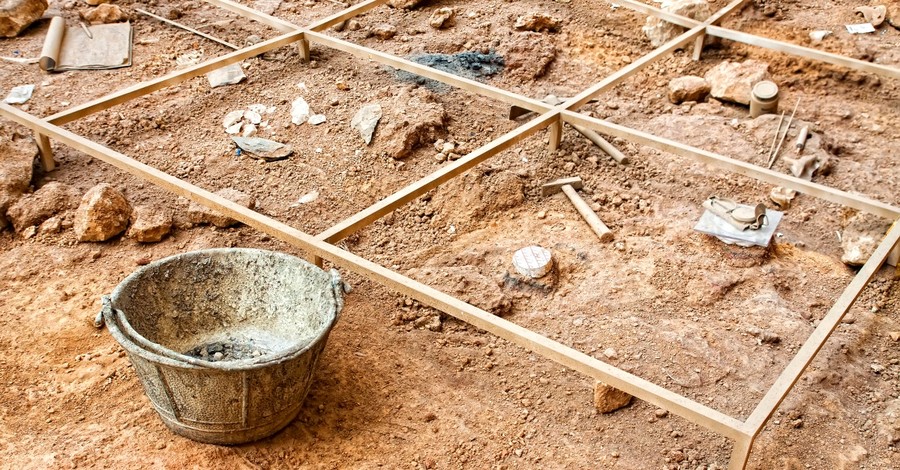
Israeli archaeologists have uncovered the remains of an ancient building linked to the time of the Sanhedrin.
According to CBN News, the building was discovered in Yavne, a city in the central district of Israel. The Sanhedrin, which was the supreme Jewish council of ancient Israel, relocated to Yavne after the Romans destroyed the Second Temple of Jerusalem in 70 AD.
The Israel Antiquities Authority (IAA) explained that in Yavne, the Sanhedrin “restored the Torah to the Land of Israel and established laws in keeping with the new reality, without the Temple. It can be said that the foundations of Judaism as we know it today were laid in Yavne.”
Among the remains of the ancient building were chalkstone cups which provided “clear evidence that its occupants were observing Jewish laws of ritual purity.”
About 230 feet from the building was a cemetery, which experts say was likely placed outside the city in compliance with Jewish and Roman law.
“We encountered dozens of carefully arranged tombs spaced out at set distances, which probably indicates the existence of a ‘burial society’—some official body that was responsible for burial,” the directors of the Yavne excavation for the IAA, Pablo Betzer and Dr. Daniel Varga, said. “There are different types of tombs: some are coffins (sarcophagi), which are made mostly of stone with one lead coffin.”
While the coffins did not have ethnic symbols explaining who exactly was buried there, the archaeologists speculate “with all due caution” that they could have belonged to some of the members of the Sanhedrin as well as ancient Jewish citizens.
“If this hypothesis is correct, then at least some of the tombs, perhaps the most elaborate, may belong to the sages of Yavne, contemporaries of Rabban Yohanan ben Zakkai, Rabbi Akiva and Rabban Gamliel,” the IAA said.
Archaeologists also found 150 glass vials on top of the tombs.
“The vials were probably used to keep precious liquids such as fragrant oils,” Dr. Yael Gorin-Rosen, head of the IAA’s glass department, explained.
“About half of them were locally produced, and the other half were imported from Alexandria in Egypt. Vials of this type have been recovered in excavations at both Jewish and pagan burial sites from the first to the early third centuries CE,” Gorin-Rosen continued. “It is a mystery why the vials were placed outside the tombs in Yavne and not inside them, as was usual.”
The discovery by the IAA was made in light of plans to build new housing units in the modern city of Yavne. Archaeologists in Israel typically conduct excavations before any construction begins.
“It is exciting to see ancient accounts of the Sanhedrin translated into actual evidence in the field, with vessels, installations and buildings,” IAA Director Eli Eskozido said. “With the project’s initiators at the Israel Land Authority and Yavne municipality, the Israel Antiquities Authority is examining the possibility of preserving some of these finds and presenting them to the general public.”
Photo courtesy: ©Getty Images/MarquesPhotography, this is a stock image
Milton Quintanilla is a freelance writer and content creator. He is a contributing writer for CrosswalkHeadlines and the host of the For Your Soul Podcast, a podcast devoted to sound doctrine and biblical truth. He holds a Masters of Divinity from Alliance Theological Seminary.










